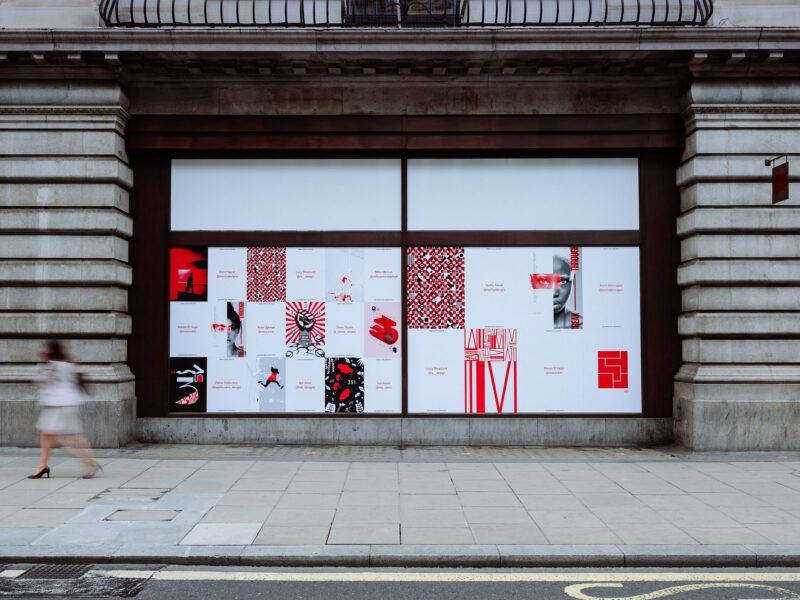The Most Famous Handwriting In The Netherlands
Despite living in Amsterdam for a mere two years, I am familiar with the unmistakable typography of the posters omnipresent at Dutch markets. If you are a fellow inhabitant of the Netherlands, then you’ll know what I’m talking about. On almost every stand in the country, there is a plethora of bold, block capitals perfectly executed in red, blue and green ink, with more often than not, a little illustration of what the sign may be promoting.
Intrigued by the ubiquity of this distinctive style, graphic design duo and lovers of type, Willem Verweijen and Sigmon Visser, decided to investigate further as to what force was behind it all. Shockingly, it turns out that every single one of these signs is by the same guy! Forget Helvetica, Henry van der Horst’s unique handwriting is one of the most recognisable in the country.
Henry says that his love for writing and design started back in the days when he would work at a supermarket and as an additional job, he created their handwritten promotional signs. Despite leaving his then job at the supermarket, he continued to paint and write in this way because in his words, “the act of creation is just addictive.” Apparently so, as most of the market men in Holland are crazy for the stuff.



Verweijen and Visser have created Henry a website on which you can purchase art-works of his sign-painting style. This appears to include a probable markup from what Henry charges on the street, but nobody appears to be counting as the majority of the paintings are sold out. The “bubble-up” effect is not new in the creative world; art and fashion from “underclasses” has been plucked out by the creative class since Campbell’s created soup-cans and there is indeed something unmistakably Warholian about this particular market sign venture.




As normcore is more rampant than ever, it seems as though people are profiteering off whatever Next-Big-Street-Thing they can get their hands on and pass off as higher brow art. In the case of Henry, I think there is a definite artistry to his work and I feel that his graphic calligraphy is well designed, but by removing it from the context of a harsh market stand reality, it seemly becomes a part of a bigger trend for glamorously branded design, and therefore stripping off its authenticity.



